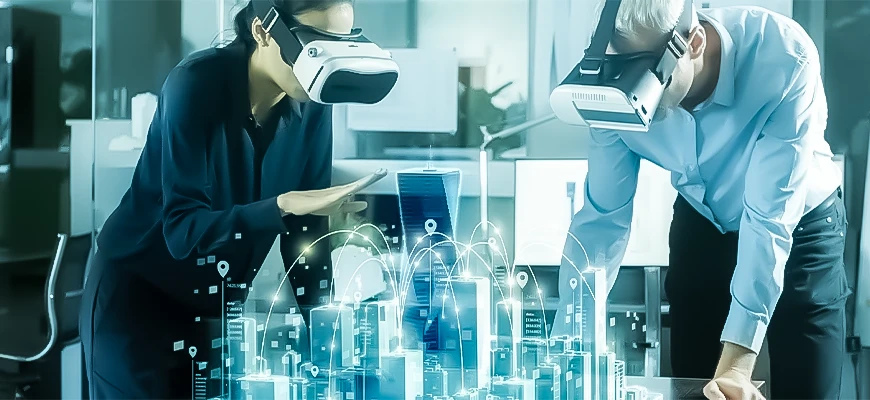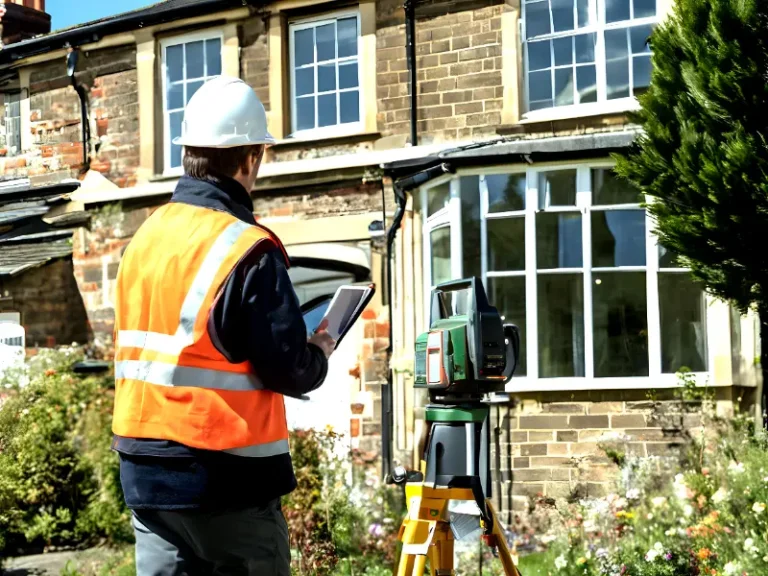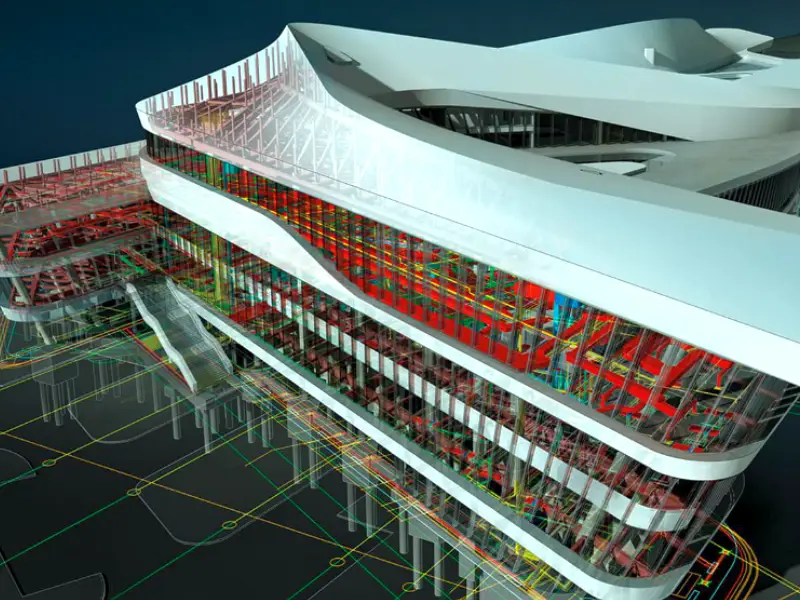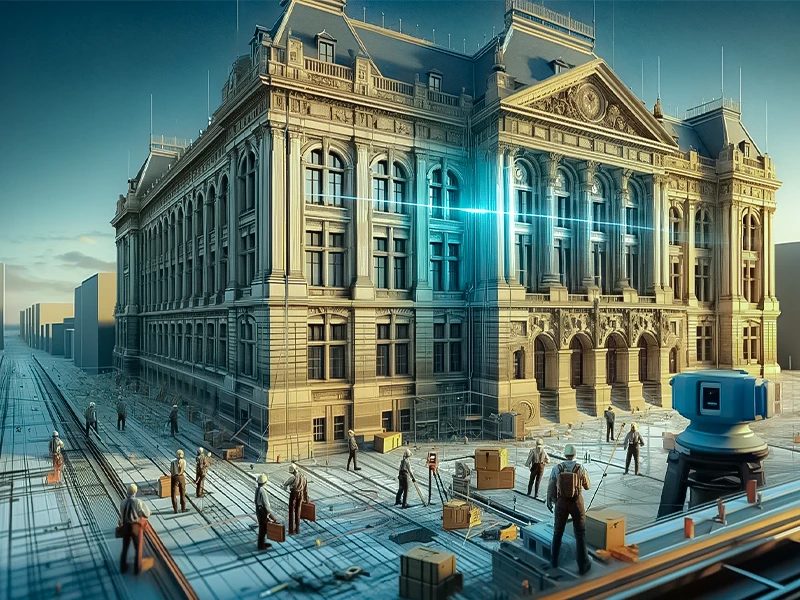
What Makes a Structural Survey Crucial?
3D Laser Scanning
The process of examining an object in the real world and gathering all the necessary information to reconstruct its shape and appearance digitally is known as 3D scanning. This procedure can transform the object into a 3D model, which can be helpful as a foundation for the 3D project you are about to produce and for reconstructing, analysing, or simulating concepts.
There are various tools and techniques for 3D scanning items. Unbeknownst to you, multiple methods exist by which one can generate a digital representation of an actual object. We will see a more thorough explanation of each one’s operation. While there are various 3D scanning techniques, we will concentrate on three that we may think of as the primary ones: photogrammetry, structured light scanning, and laser 3D scanning. The 3D scanning method is selected with the project or its environment in mind.
How Does 3D Laser Scanning Work?
Applications of 3D Laser Scanning
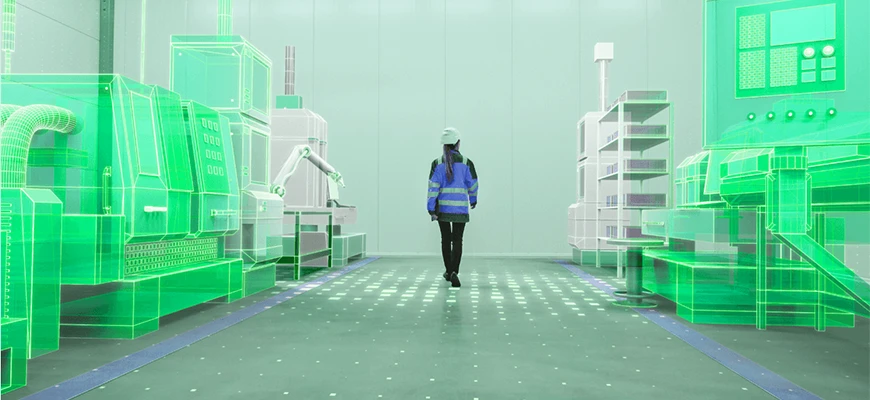
The diverse applications of 3D laser scanning demonstrate its versatility across various industries:
Construction and Architecture: For building information modelling (BIM), retrofitting older buildings, and ensuring construction projects adhere to their blueprints.
Industrial Manufacturing: In reverse engineering, quality control and equipment maintenance is done by creating precise replicas of machine parts.
Historical Preservation: To document the current condition of historical sites and artifacts in high detail, which is invaluable for restoration and education.
Forensics: Crime scene reconstruction using 3D scanning provides accurate and detailed documentation, aiding in investigations and court proceedings.
Benefits of 3D Laser Scanning in Construction
The benefits of 3D laser scanning are significant:
- Obtain accurate point clouds, 2D CAD drawings, and 3D BIM models
- Manual Labour Reduction
- Real-Time Data Verification
- Reflector less Technology
Challenges and Limitations
- It’s too expensive
- Lousy weather conditions hinder LiDAR function
- The data lacks colour, and RGB photo overlays serve to interpret it.
- Intricate data sets necessitate proficient analysis to understand
The Future of 3D Laser Scanning
